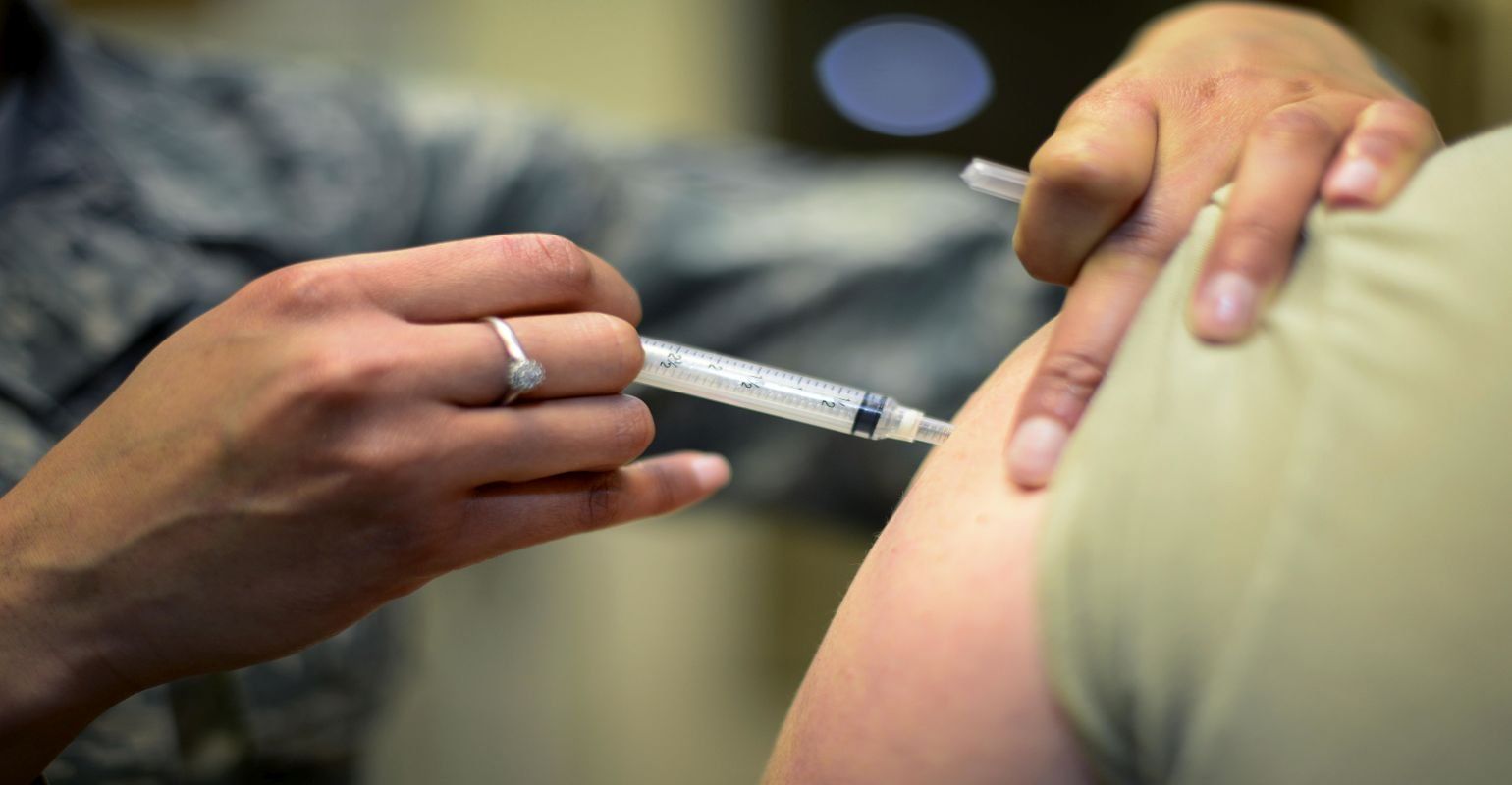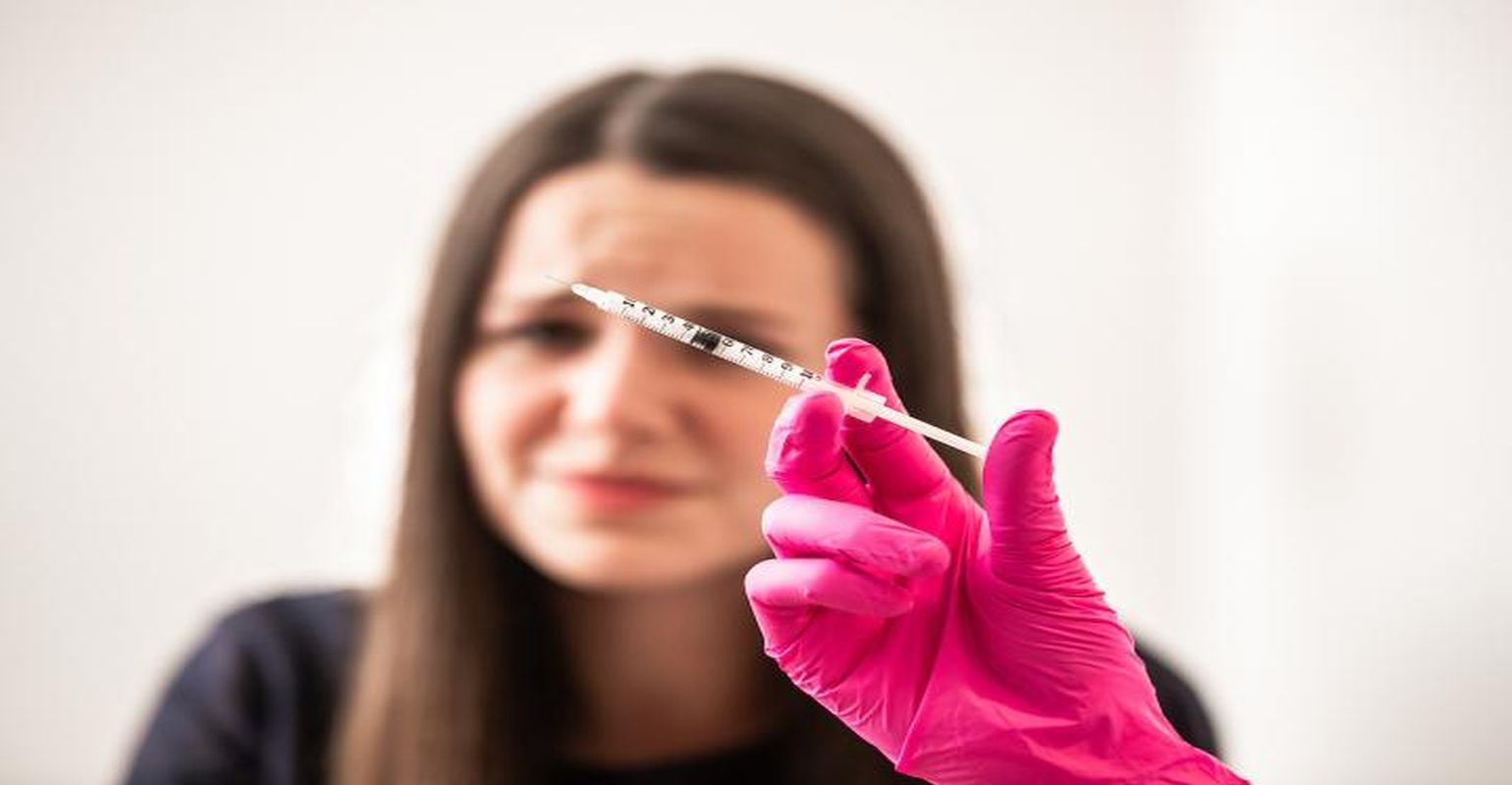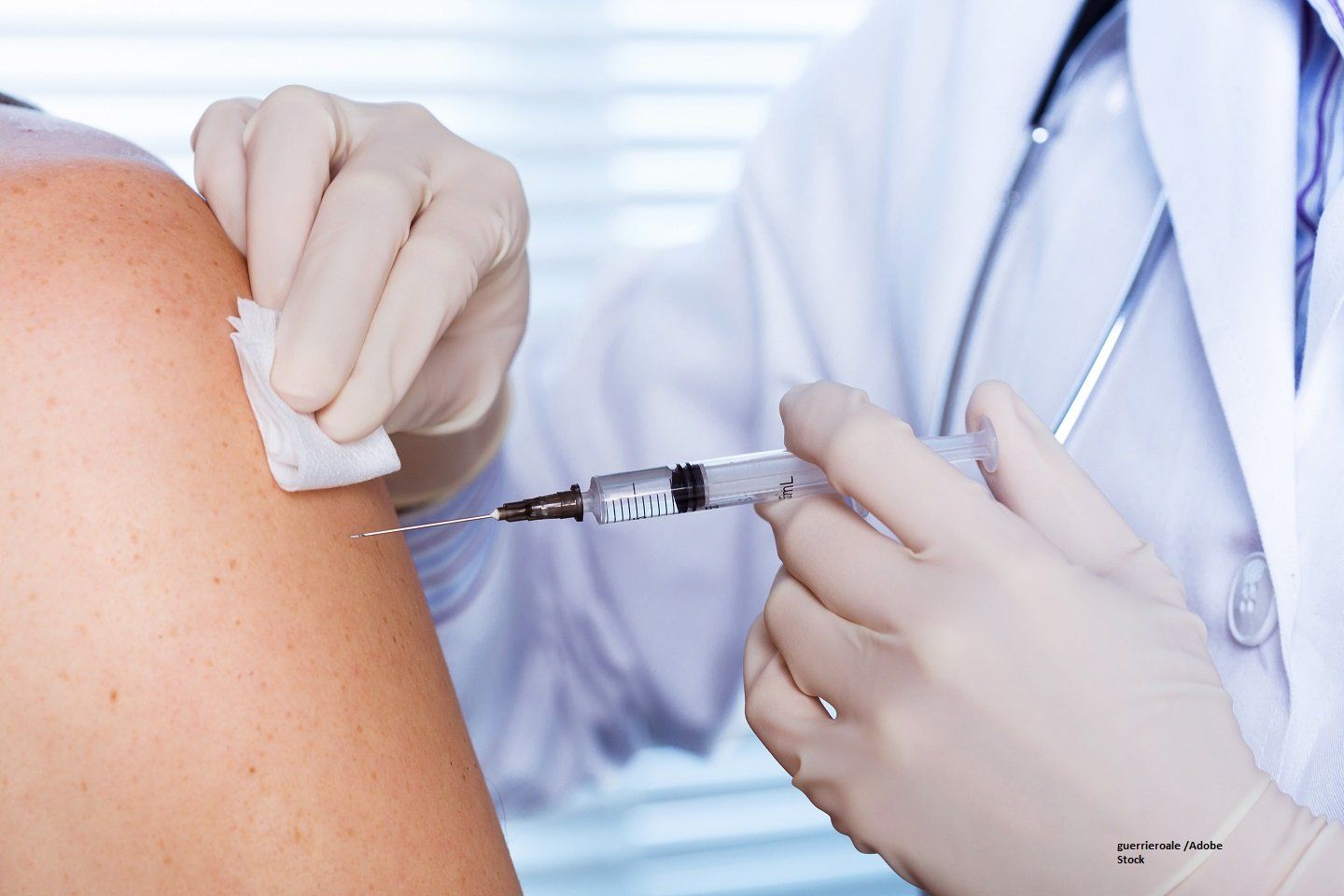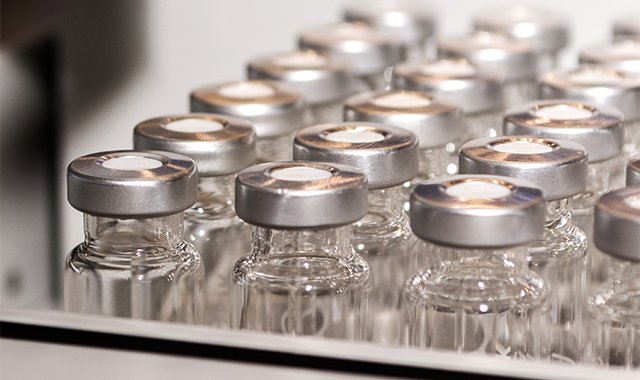Article
Is vaccination compliance related to sexual orientation?
Author(s):
Researchers for the first time have investigated whether there is a link between sexual orientation and vaccination status, and the answer is … sometimes.

For the first time, researchers have investigated whether vaccination rates differ based on sexual orientation, as some other health measures do. The answer, however, depends on the vaccine.
Few studies have explored the association between sexual orientation and vaccination coverage, but a study published in PLOS One used data from the 2013-15 National Health Interview Survey to observe differences in vaccination coverage by sexual orientation for human papillomavirus (HPV), hepatitis A (HepA), hepatitis B (HepB), and influenza vaccination.
The study is the first to publish self-reported vaccination coverage estimates on a national level by sexual orientation, said Anup Srivastav, PhD, lead epidemiologist and statistician at Leidos and lead author of the report. The information in the study provides clinicians with baseline data about vaccination within certain population groups that could help them monitor coverage changes over time, plan effective and targeted vaccination strategies to improve coverage, and improve the overall health of the lesbian, gay, and bisexual population.
“Our study identified social determinants associated with vaccination, some of which were either more or less likely to be associated with receipt of select vaccines,” Srivastav said. “This information can assist the development of targeted strategies at the community level where clinicians can enhance education in these groups about the importance of vaccination for their health and well-being and help improve vaccination coverage with HPV and other vaccines.”
The study revealed that a higher percentage of gay/lesbian adults received the influenza vaccine than heterosexual adults, but received Tdap, pneumococcal and shingles vaccines less often.
“This finding was surprising given the greater use of health services among gay/lesbian adults, and it reinforces the need for providers to assess patients for all vaccines at every visit,” Srivastav said.
According to the report, 51.6 percent of bisexual females reported HPV coverage compared to 40.2 percent of heterosexual females. For hepatitis vaccination, 40.3 percent of gay males reported vaccination against HepA and 53.6 percent against HepB, compared to 25.4 percent and 32.6 percent, respectively, in heterosexual men. Bisexual females also reported higher HepA and Hep B vaccination rates, at 33.9 percent and 38.4 percent, respectively, compared to 23.5 percent and 38.4 percent in heterosexual females.
These trends varied by vaccine type, with 34.1 percent of bisexual adults reporting influenza vaccine coverage compared to 48.5 percent of gay/lesbian individuals and 43.8 percent of heterosexual adults. With the exception of HepA, HepB, and influenza, researchers note that sexual orientation was not associated with higher or lower likelihood of vaccination.
Srivastav said the report highlights the need for continued work when it comes to improving vaccine compliance.
“Even though vaccination with HPV, Hepatitis A, and Hepatitis B vaccines is higher among U.S. adults self-identifying as gay, lesbian, or bisexual compared with heterosexual adults, vaccination coverage remains suboptimal,” said Srivastav. “It is important for providers to talk with their patients about vaccines and make sure they are getting all the vaccines they need.”
He also hopes it will lead to more conversations about vaccines in the clinical setting, and a reminder for clinicians to assess immunization status of patients at every encounter, strongly recommend needed vaccines, administer those vaccines, and document receipt.
2 Commerce Drive
Cranbury, NJ 08512
All rights reserved.





